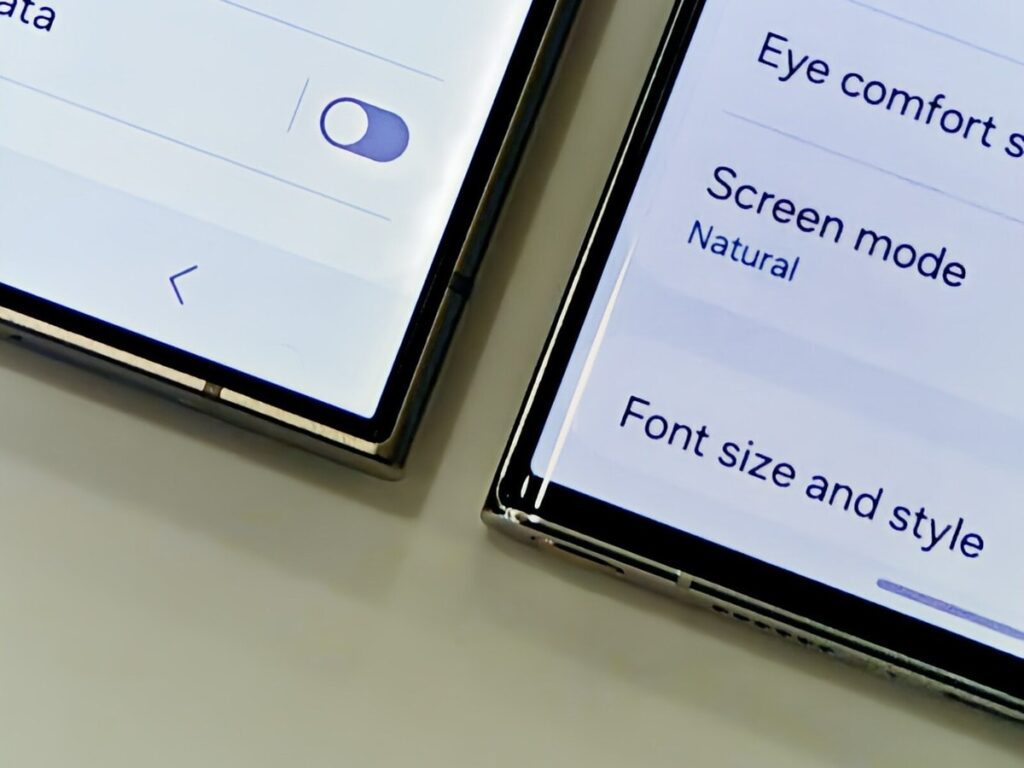When it comes to purchasing a new smartphone, one might find themselves pondering the choice between a curved display and a flat display. Both options have their merits and drawbacks, making the decision a nuanced one. In this article, we will explore the differences, advantages, and disadvantages of both display types to help you make an informed choice.
Understanding Display Types
Curved Display
Curved displays have become increasingly popular in recent years, thanks to their modern aesthetic and immersive viewing experience. These screens bend at the edges, creating a wrap-around effect that can enhance the visual appeal of the device.
Advantages of Curved Displays
- Enhanced Immersion: Curved displays can provide a more immersive experience by filling the peripheral vision, making them ideal for watching videos and gaming.
- Stylish Design: The sleek, futuristic look of a curved display can appeal to style-conscious consumers.
- Less Reflected Glare: Curved screens can reduce glare from surrounding light sources, improving visibility in bright environments.
Disadvantages of Curved Displays
- Fragility: The edges of curved displays may be more prone to damage compared to flat screens.
- Touch Sensitivity Issues: Accidental touches on the edges can occur, potentially leading to user frustration.
- Higher Price Point: Typically, devices with curved displays come at a premium, which may not suit all budgets.
Flat Display
Flat displays have been the traditional choice for mobile devices for years. They offer a straightforward design and reliable functionality, making them popular among users who prioritize practicality.
Advantages of Flat Displays
- Durability: Flat screens are generally more resilient to drops and impacts, making them a safer choice for everyday use.
- Consistent Touch Experience: The lack of curves means fewer accidental touches, leading to a more consistent user experience.
- Cost-Effective: Flat displays are usually more affordable, making them accessible to a wider range of consumers.
Disadvantages of Flat Displays
- Less Immersive: Flat screens may not provide the same level of immersion as their curved counterparts, especially for video and gaming.
- Slightly Outdated: In a market that favors innovation, flat displays can sometimes feel less modern.
Comparative Analysis
To simplify the decision-making process, here’s a comparative table highlighting the key differences between curved and flat displays:
| Feature | Curved Display | Flat Display |
|---|---|---|
| Design | Modern, aesthetic | Traditional, practical |
| Durability | More fragile | More durable |
| Immersion | High | Moderate |
| Cost | Higher | Lower |
| Touch Sensitivity | Potential issues | Consistent |
Conclusion
The choice between a curved display and a flat display ultimately depends on your personal preferences and lifestyle needs. If you value aesthetics, immersion, and are willing to invest a bit more, a curved display may be the right choice for you. On the other hand, if you prioritize durability, affordability, and practicality, a flat display may be the better option. Assess your usage patterns and make an informed decision to find the display type that best meets your requirements.
